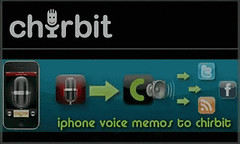-
16
Mar
[[taps mic……]] This thing on???🤷♂️
Well, it’s been awhile on this blog, but the COVID-19 health crisis has brought me back, as I think this is the most appropriate forum to share the following. An email my wonderful and talented colleague Dr. Jennifer Hollinger and I received from one of our clinical practice students who is in the field, trying to complete her clinical (student teaching but we have new words for things in 2020) experience, graduate and become an awesome classroom teacher.
Dear Dr. Brueck and Dr. Hollinger,
Good morning! I am working on creating lessons for this online instruction period. I am worried about missing the formative assessment piece in these lessons since I cannot talk to the students while I am teaching them to see if they have an understanding of the topic.
I have been brainstorming the best way to do this. Right now, I am creating my lessons on Google Slides. The only idea that I have right now is to create short Google Forms where students answer a question based on the minilesson that I taught. If they get it incorrect, they will be directed to another minilesson/video/practice tool to help them with the concept before they move on in the lesson. I am worried because I know there are students that will gloss over this and move on (I am in 5th grade language arts currently).
Do either of you have any other ideas for formative assessment that can be done without having the students all online at the same time? Thank you!
Both Jen and I did our best to provide timely feedback and I wanted to share our responses in case they may be helpful to you or your students.
Read the rest of this entry…






